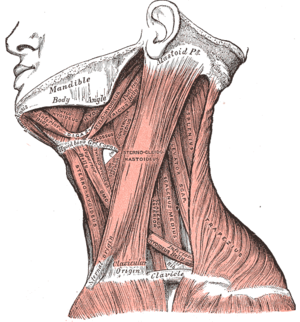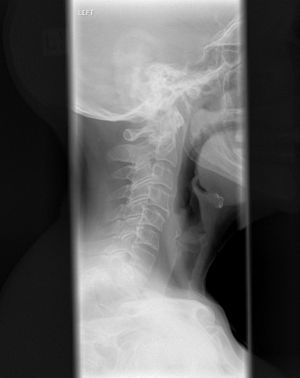I found this information by Mark Studin DC, FASBE(C), DAAPM, DAAMLP
83% of Dizziness sufferes showed improvement or eradication of under chiropractic care
According to Maarsingh and co-researchers as reported in BMC Family Practice in 2010, A Bio Medical Research organization, dizziness in older patients is a very common occurrence as reported by family medical practitioners. They reported that an 8.3% prevalence of dizziness was reported with females having a higher incidence. It was also reported that the number could be higher as this is a symptom reported by the patient.
According to Web MD in 2010 “ Dizziness is a word that is often used to describe two different feelings. It is important to know exactly what you mean when you say “I feel dizzy” because it can help you and your doctor narrow down the list of possible problems.
Lightheadedness is a feeling that you are about to faint or “pass out.” Although you may feel dizzy, you do not feel as though you or your surroundings are moving. Lightheadedness often goes away or improves when you lie down. If lightheadedness gets worse, it can lead to a feeling of almost fainting or a fainting spell (syncope). You may sometimes feel nauseated or vomit when you are lightheaded.
Vertigo is a feeling that you or your surroundings are moving when there is no actual movement. You may feel as though you are spinning, whirling, falling, or tilting. When you have severe vertigo, you may feel very nauseated or vomit. You may have trouble walking or standing, and you may lose your balance and fall.
Although dizziness can occur in people of any age, it is more common among older adults. A fear of dizziness can cause older adults to limit their physical and social activities. Dizziness can also lead to falls and other injuries.”
As reported in Hearing Review (2003) dizziness has become such a prevalent problem, that in spite of rising health care costs, Medicare introduced in 2003 that routine screenings for hearing loss, balance disorders and dizziness will be a covered item. The reason is that the government is looking long-term to save money; something that rarely happens, but in this case is the best solution.
The Center for Medicare Services create “RUG,” a classification of patients in nursing facilities by disability and other care needs, for the purpose of determining coverage and rates in the Medicare system and dizziness is one of the prime criteria in determining the reimbursement rates for skilled nursing facilities. According to the text “Improving Care for the End of Life” the costs for a skilled nursing home depending upon the RUG Score ranges from $424.97 to $156.66 per day and the variable is the documented impairment of the resident and the amount of care needed to support that population of residents.
From a financial perspective the Federal Governmental and Medicare have a very high stake in ensuring that hearing and dizziness is cared for and corrected at as early an age as possible to save the system large significant money.
In 2009 Hawk and Cambron studied the relationship between chiropractic care and dizziness over an 8 week course of manipulative (chiropractic spinal adjustments) care. The patients having a “Dizziness Handicap Inventory” baseline score indicating significant dizziness reported an 83% improvement or eradication of the dizziness as a direct result of chiropractic care. Hawk and Cambron did report that more research is needed, but their findings give solutions to a growing problem among older adults in American and can positively impact both the lives of Americans and the financial burden of our economy.
References:
1. Dizziness reported by elderly patients in family practice: prevalence, incidence, and clinical characteristics, Otto R Maarsingh, Jacquelien Dros, François G Schellevis, Henk C van Weert, Patrick J Bindels, and Henriette E van der Horst, BMC Family Practice. 2010; 11: 2. Also Retrieved from: http://www.ncbi.nlm.nih.gov/pmc/articles/PMC2817676/
2. Dizziness: Lightheadedness and Vertigo-Topic Overview, Retrieved from: http://www.webmd.com/brain/tc/dizziness-lightheadedness-and-vertigo-topic-overview
3. New Medicare Benefit Includes Screening for Hearing Loss and Dizziness, Retrieved from: http://www.hearingreview.com/issues/articles/2005-03_07.asp
4. 9.1 Medicare Payments for Fee-for-Service Programs : 9.1.2 Skilled Nursing Facilities, Retrieved from: http://www.mywhatever.com/cifwriter/content/66/4332.html
5. Cheryl Hawk, DC, PhDa, Jerrilyn Cambron, DC, PhD, Chiropractic Care for Older Adults: Effects on Balance, Dizziness, and Chronic Pain, Journal of Manipulative and Physiological Therapeutics, (32 ) (6) Pgs. 431-437 (July 2009)








 In their study, the researchers identified Blue Cross Blue Shield of Tennessee members with an LBP claim based on the presence of any of the following
In their study, the researchers identified Blue Cross Blue Shield of Tennessee members with an LBP claim based on the presence of any of the following 

